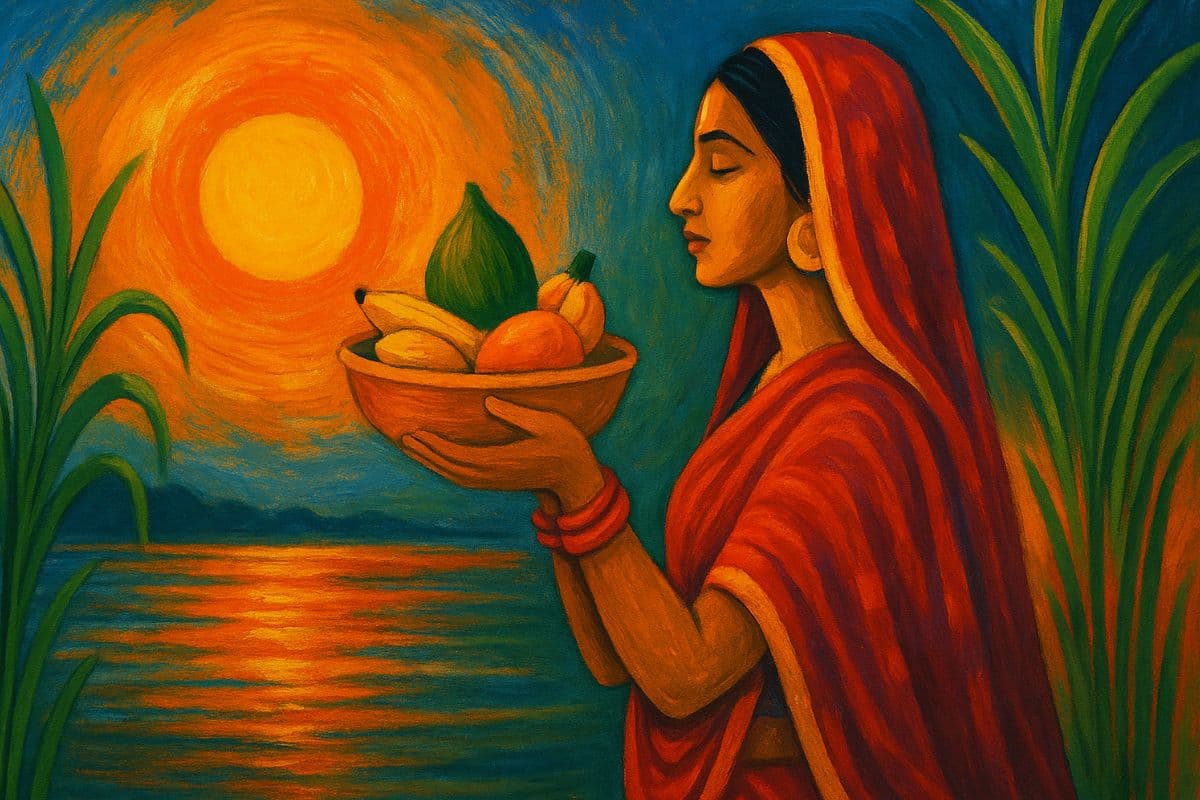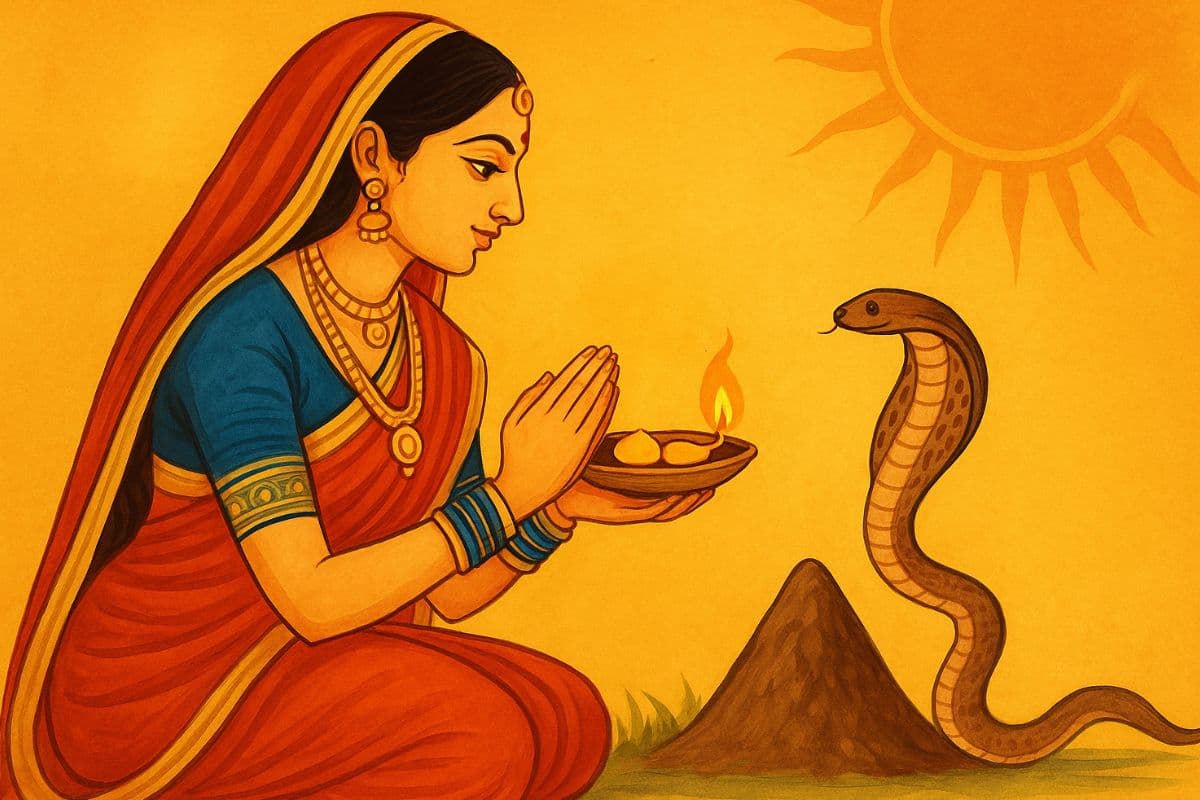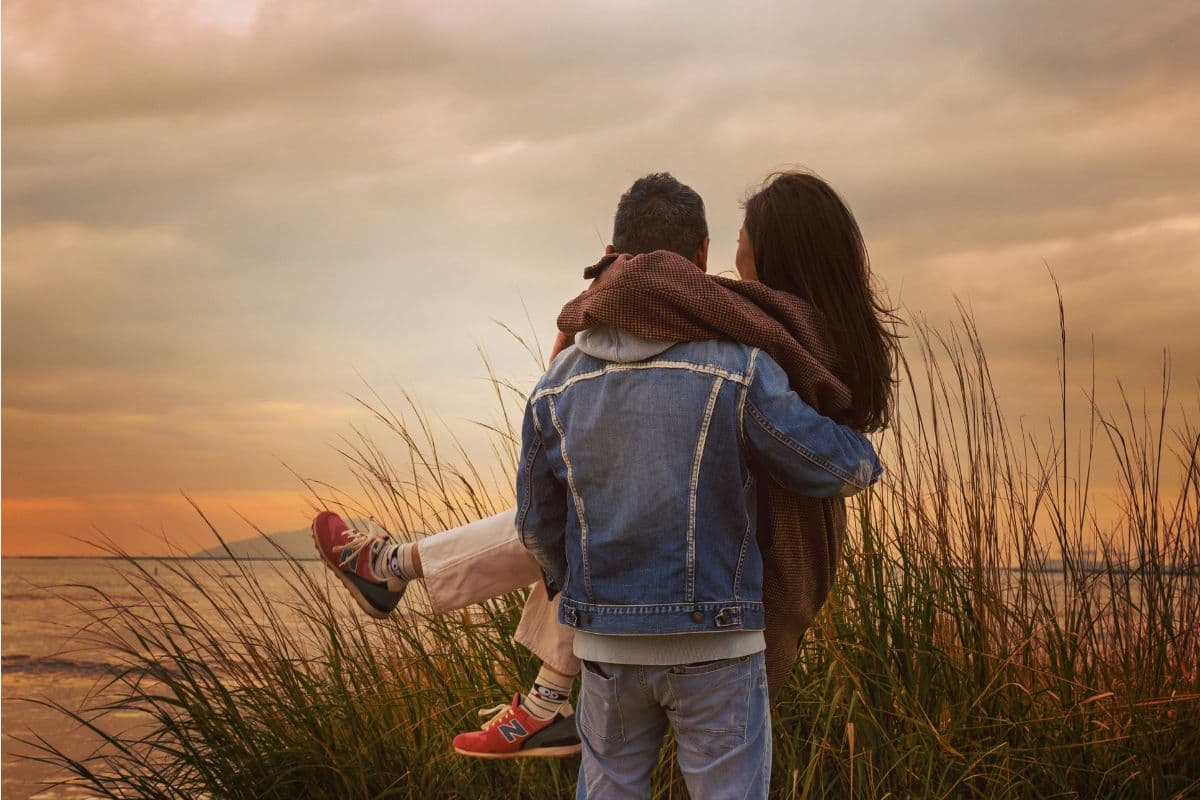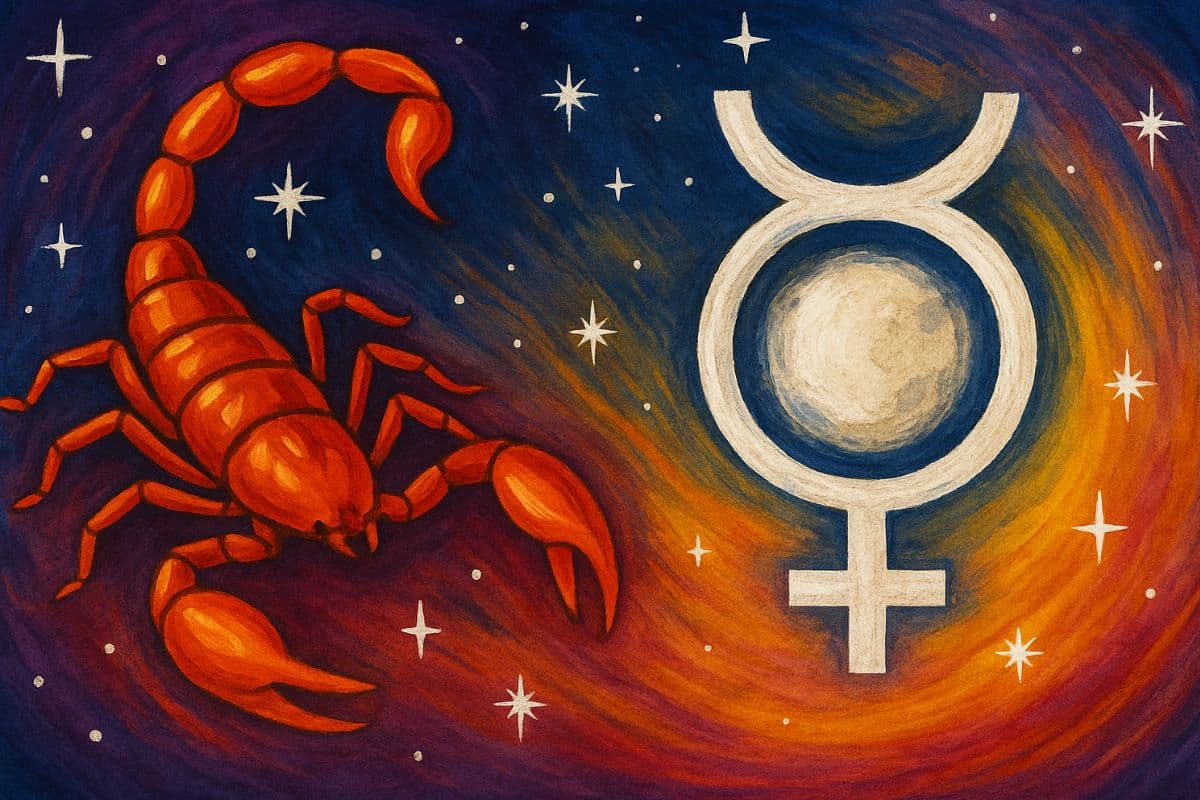Tying a Kalawa on Your Wrist? Read This Before You Do
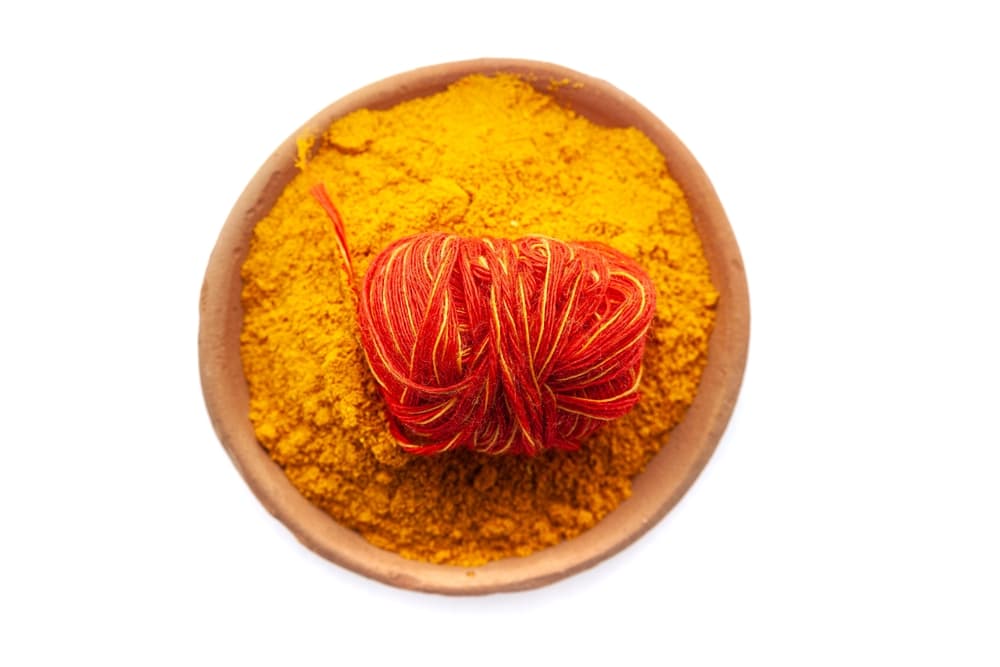
Kalawa or Mauli, isn’t just a piece of cotton. It’s a spiritual symbol, a protective shield, and a connection to your roots.
Do you remember your grandfather whispering mantras while tying that sacred red and yellow thread on your wrist? Or your father insisting you wear it every time you visited the temple, even if you didn’t quite understand why?
That thread, known as Kalawa or Mauli, isn’t just a piece of cotton. It’s a spiritual symbol, a protective shield, and a connection to your roots. Maybe, after reading this, you’ll see that it wasn’t just tradition—it was protection, intention, and deep energy work.
Let’s understand the significance of tying a Kalawa and how it aligns your energy with the divine.
What is Kalawa?
A sacred red and yellow thread tied during Hindu rituals and pujas Also known as Mauli, Raksha Sutra, or Dhaga Tied on the right wrist for men, left for women Symbol of blessings, commitment, and spiritual discipline
Why is Kalawa Red and Yellow?
Red signifies strength, power, and divine Shakti Yellow represents purity, wisdom, and prosperity Together, they balance energies - masculine and feminine, action and thought
Spiritual Benefits of Wearing Kalawa
Protection from negative energy: It is said to ward off evil eye and harmful vibrations Divine blessings: Especially when tied during temple visits or rituals Energy balancing: Aligns your chakras and promotes mental peace Reminder of dharma: Every time you see it, you’re reminded of your spiritual path
Scientific Angle?
Some believe that tying a thread at the wrist, near acupressure points, may help balance energy flow in the body. While not medically proven, it resonates with Ayurvedic principles of energy alignment.
The Right Way to Tie a Kalawa
- Always tie it during or after a puja
- Chant a mantra like “Om Namah Shivaay” “ॐ नमः शिवाय” or “Om Gan Ganpatae Namah) “ॐ गं गणपतये नमः” while tying
- Tie it with an intention or prayer in your heart
- Ask a priest or elder to tie it for best results
For Children Parents often tie Kalawa on children to protect them from negative energy and to bless them with health, wisdom, and spiritual growth.
What You Should Avoid
- Don’t tie Kalawa when you're angry or emotionally disturbed
- Avoid wearing it during inauspicious times like funerals or mourning
- Don’t treat it as a fashion accessory, it’s sacred
- Never throw it in the trash
How to Dispose of an Old or Torn Kalawa?
- Wrap it in a clean cloth
- Float it in a river, pond, or natural water body
- Alternatively, place it beneath a Peepal tree respectfully
Make It Meaningful: Intention Matters Before tying, silently speak your intention:
- “I am protected”
- “I seek clarity and strength”
- “I stay grounded and connected to my roots”
These words infuse the thread with energy, turning it into a living spiritual reminder.
That simple thread around your wrist? It is filled with the chants of your elders, the love of your family, and the strength of ancient blessings.
So the next time your grandfather or father tells you to wear it, you might just smile and say, “I already did.”
Don’t forget to check your lucky colour and number of the day on the AstroSure.ai app.
